What Are The 6 Basic Needs Of All Living Things?
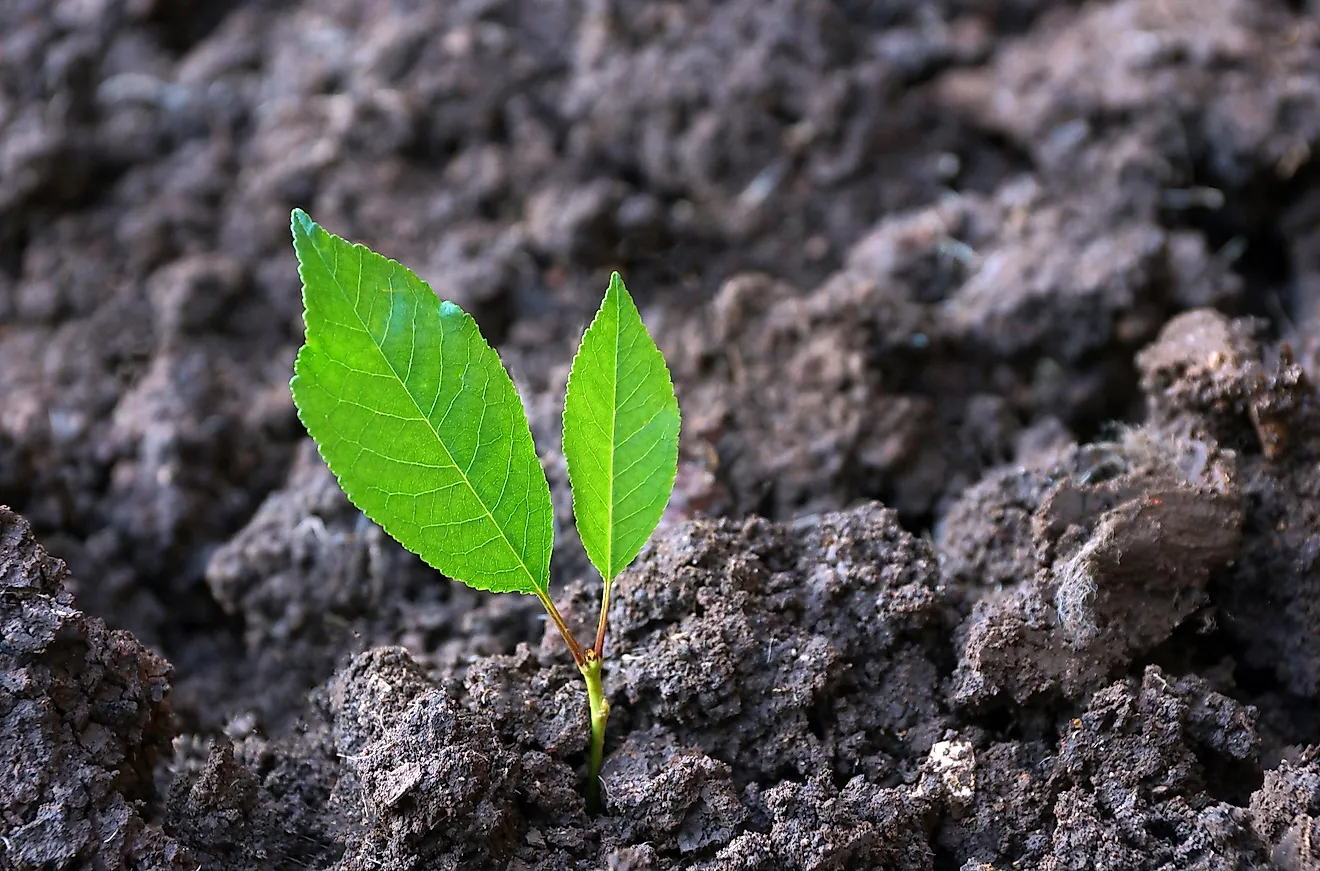
- If you would like one bonus necessity, it would probably have to be: rotation. Or any kind of process that is cyclical. The rotation of Earth around the Sun allows for the change of seasons, which allows for the movement our ecosystem needs to replenish and re-energize. The rotation of Earth around its own axis has such an impact that life is organized differently during the day and night cycles.
- The way to approach basic needs is that they are in constant search of balance - you can not have too much, or too little, of anything necessary. That is why any kind of imbalance in our ecosystem has such a significant effect on everything that happens in the future.
- The reason why global warming is an important issue to tackle is that the changes are happening because the temperature rise is changing the basic need of every organism - a proper temperature range.
Living is a complicated matter, and a lot of factors have to come together to create a system that can support life. What does a system that can host life need to offer to the world of the living? Let us investigate what the fundamentals that fulfill the basic need of every lifeform on Earth are.
6. From Sun Comes The Power
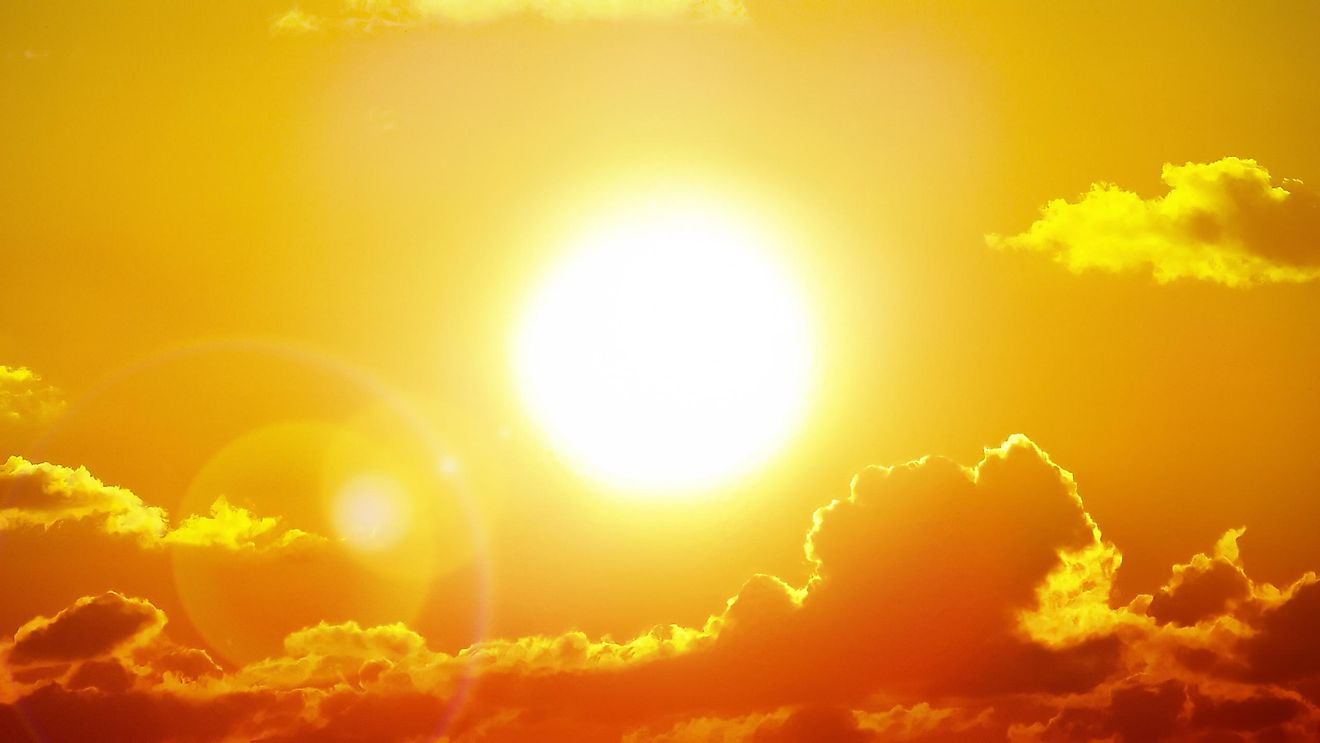
Quite literally, the Sun is one of the most critical factors that enabled the creation of life on this planet. To be a bit more specific, it is the Earth’s distance, along with some other factors like the fact that we have a moon, and several layers of the atmosphere, that allows for life to be born.
The Sun starts everything, and all plants use the sunlight as a source to create sugars. Glucose creation alone is a crucial aspect that makes everything active, which means alive. Animals also depend on the sunshine, as the plants they eat would not have grown if there was no photosynthesis. The oxygen that plants produce is also possible because we are not too close and not too far from that blazing hot star.
5. Air
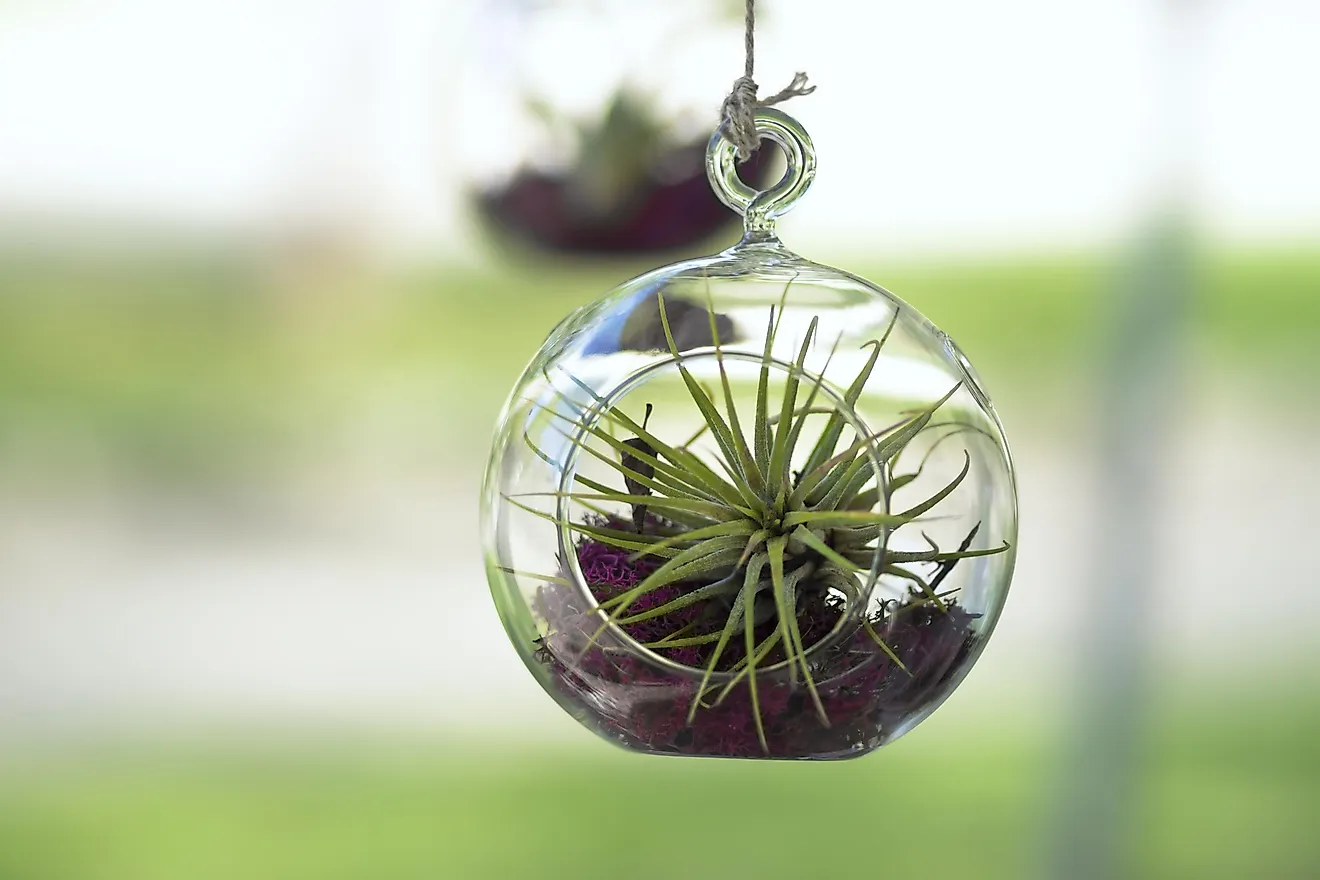
Within that same atmosphere, where plants exchange CO2 for oxygen with other living things, including us, the fact that the air is breathable, and that the percentages of specific gases are the way they are, allows for another essential life practice: respiration.
If there was no air, and the oxygen that is present in this mixture together with carbon dioxide and nitrogen, plants would have nowhere to draw the CO2 from. Which would mean - no life present and nothing that depends on oxygen (which is everything except for yeast, a few bacteria and some amoeba from the Mediterranean Sea) could exist.
4. Source Code: H20
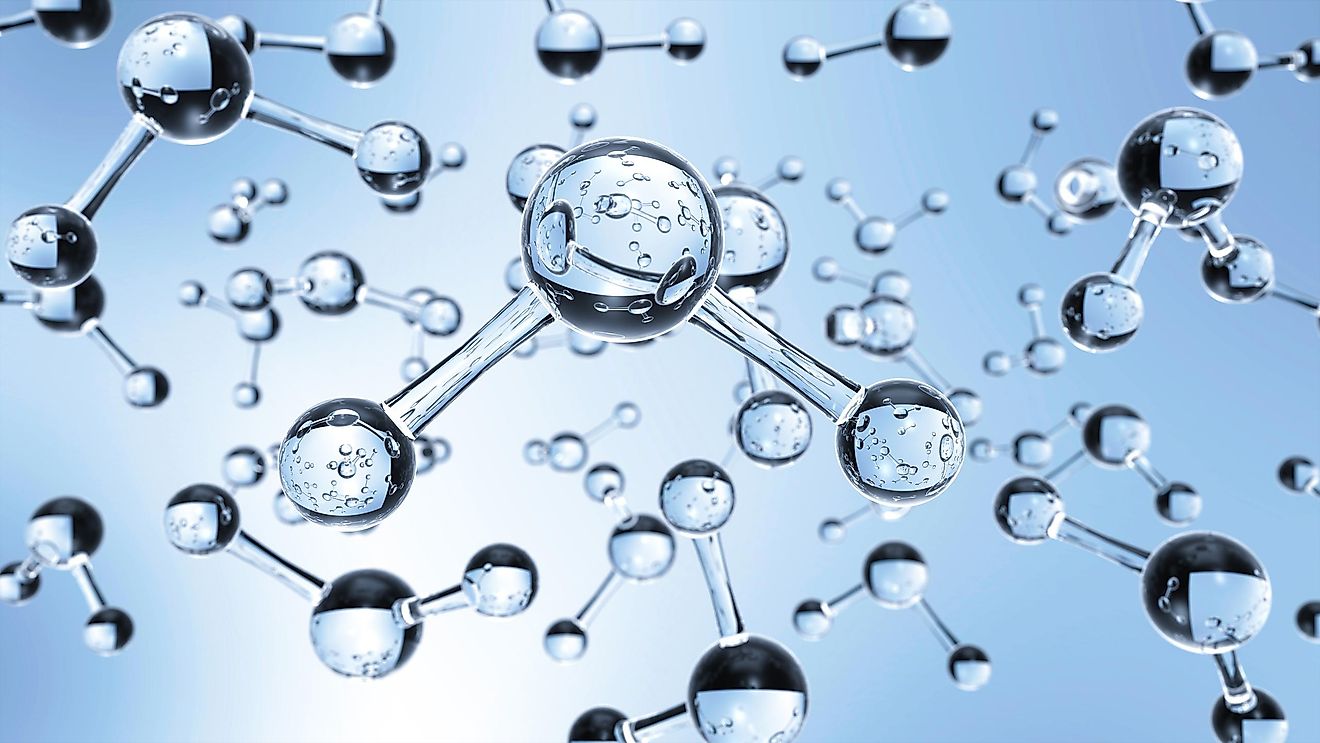
The third factor that is an absolute necessity for everything that lives and breathes is a liquid known as water. Everyone, meaning, plants, animals and humans need water for all life functions you can possibly imagine: primarily for digestion of food and distribution of various resources and oxygen across their vital parts. If there is no water, plants do not have a way to produce food for themselves to grow, which inevitably affects all other life forms on Earth.
3. Nutrients
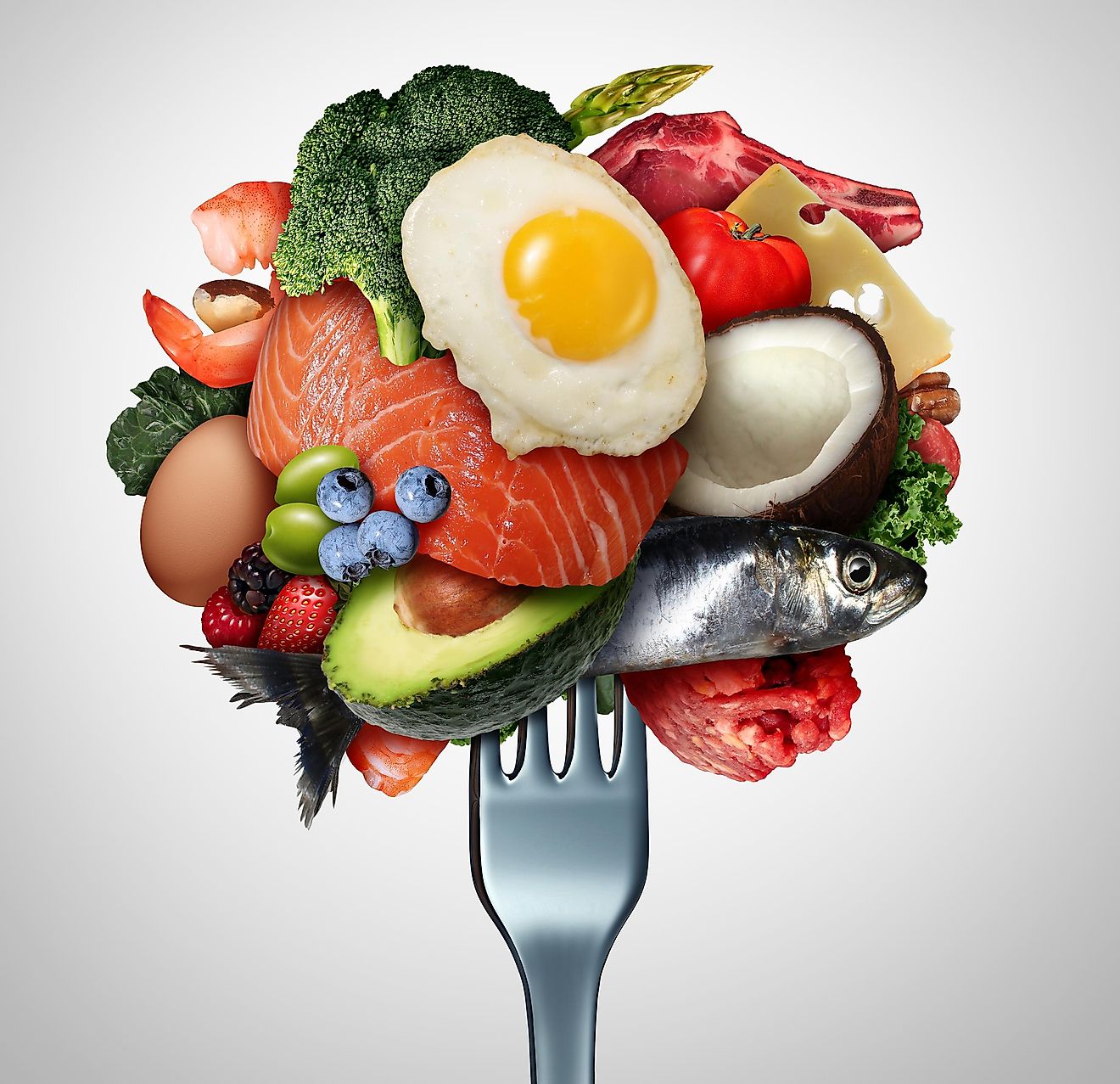
Everything needs some kind of food to survive. Nutrients are particularly important substances that a specific living organism needs. For example, we need a lot of different things, and the sources of our nutrients need to be fulfilling our needs for proteins, fats, starches, vitamins, minerals, and many other micro-nutritive elements. Plants depend on the quality of the soil they are growing on because they absorb the nutrients from the ground.
2. Just The Right Temperature
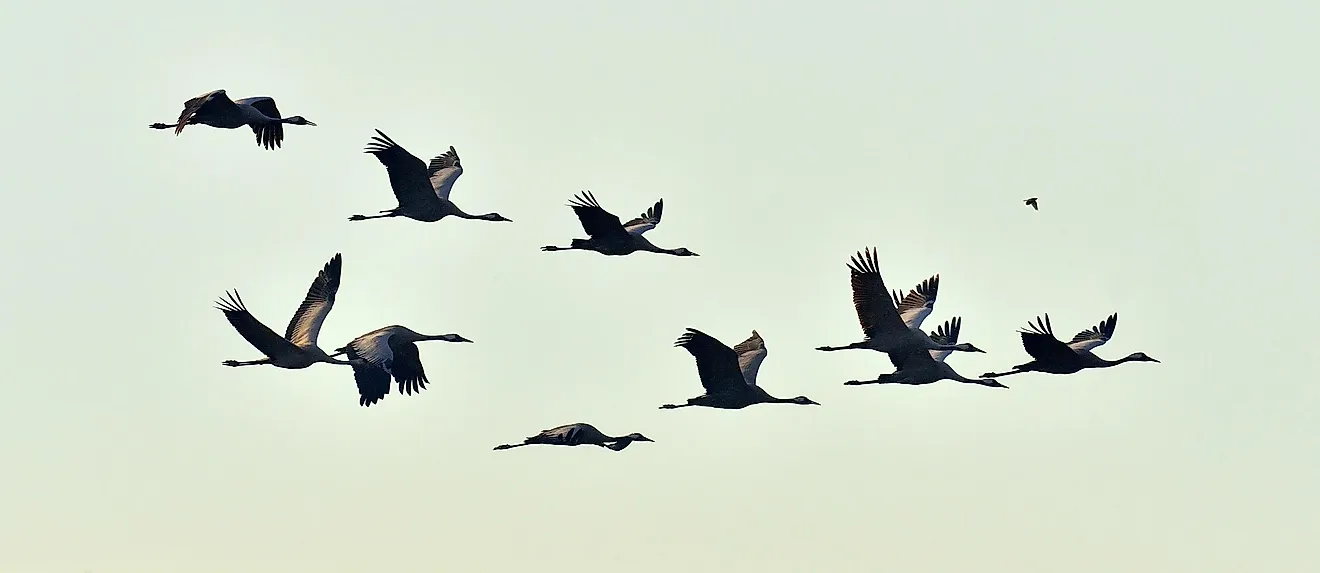
Remember how the first thing we mentioned is the Sun, or to be more precise, the just-right amounts of energy it emits towards Earth that allow life? Well, living in specific temperatures is a demand all species try to keep up with. Many species relocate themselves once the winter comes, like birds, and some of them burn and get cancer if they have too much of Sun, like humans.
Temperatures on Earth have a rather extensive range, and they can go anywhere from -88°C to 50°C. That is why there are so many different species if you want to look at it that way - everyone adapted to a specific temperature range, in one particular place, even within a specific period.
1. Connecting Them All Together: Habitat
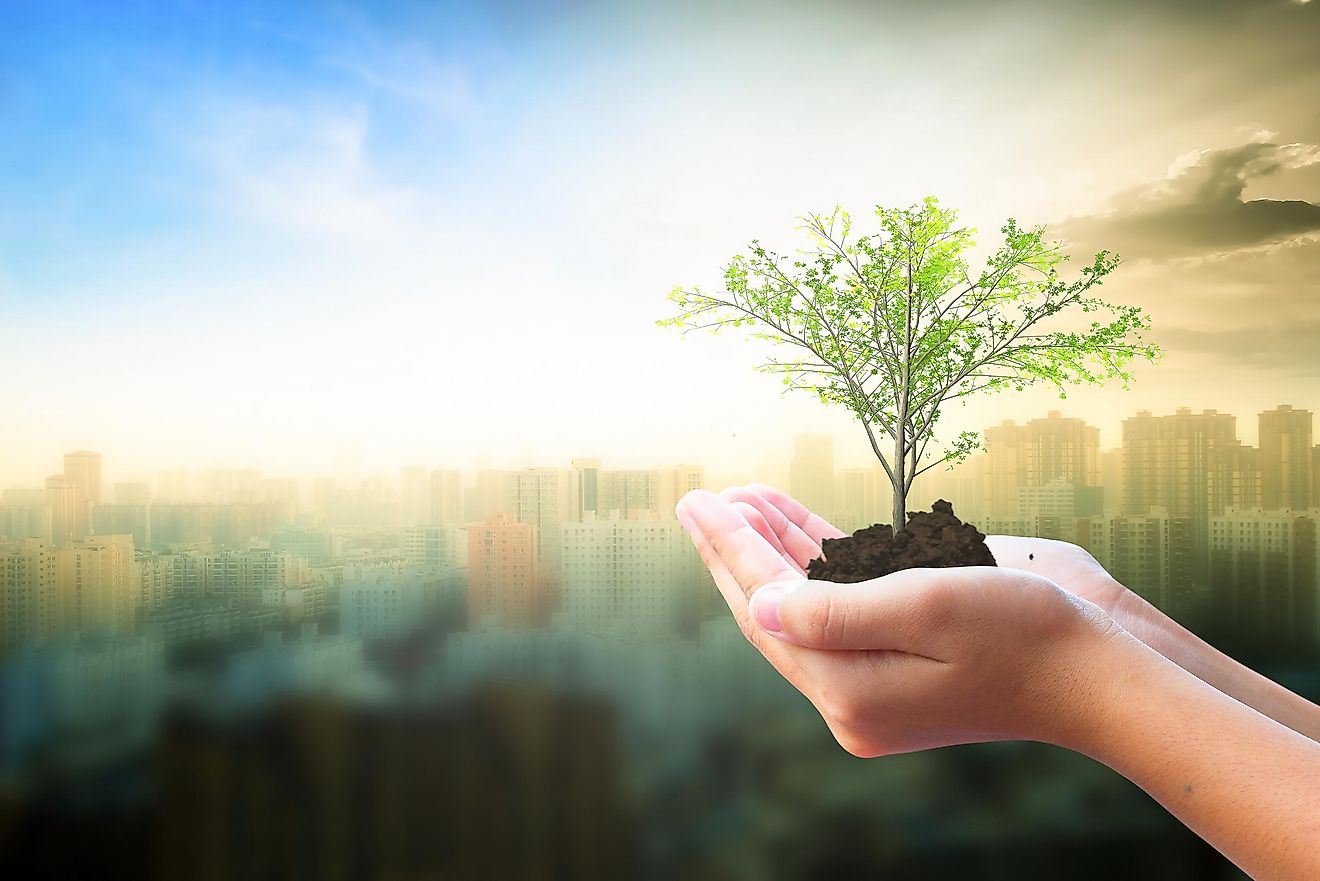
Now, when all the needs above are present, only then can we talk about a habitat. Different species choose different habitats, but they all have food, water, air. They are affected by the sunlight to varying degrees. That is why terms like ‘’natural habitat’’ exist - because those places are the ones that fulfilled all the needs and allowed for a specific species to feel like home there.











